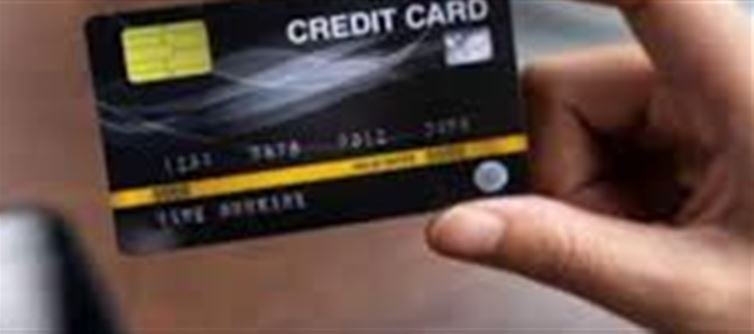
Credit card fraud is getting smarter — but so can you. With a few simple habits and the right tech, you can make it extremely hard for hackers to touch your money. Here are 5 powerful, practical tricks that will protect you now and for years to come.
1. Never Share OTPs — Treat Them Like Gold
One‑time passwords (OTPs) are the single‑use keys to your transactions.
· Rule: Never share OTPs, even if someone claims to be from your bank.
· Why: Scammers use fake calls/SMS to trick you into handing over OTPs. Once they have it, they can complete transactions instantly.
· Tip: If someone asks for an OTP, hang up and call your bank’s official number to verify.
2. Use Only Official Apps & Websites
Fraudsters create fake apps and look‑alike websites to steal credentials.
· Rule: Download banking/payment apps only from official app stores and links from your bank’s website.
· Why: Phishing sites and cloned apps capture login details and card information.
· Tip: Bookmark your bank/merchant sites; don’t click payment links sent via random messages or social media.
3. Lock Down Card Details — Virtual Cards & Tokenisation
Your physical card number shouldn’t be used everywhere.
· Rule: Use virtual card numbers for online shopping and enable tokenisation where available.
· Why: Virtual cards create a disposable number tied to one merchant or transaction; tokens replace your real card number in apps, reducing exposure.
· Tip: Many banks and wallets offer “generate virtual card” — use it for subscriptions or one‑time purchases.
4. Always Enable Alerts & Two‑Factor Controls
Real‑time awareness is your strongest defense.
· Rule: Turn on SMS/email/push alerts for all transactions and enable two‑factor authentication (2FA) for logins.
· Why: Instant alerts let you spot unauthorised charges and act fast; 2FA prevents account takeover even if passwords are leaked.
· Tip: Prefer bank app push notifications over SMS where possible (harder to spoof).
5. Monitor Statements & Report Immediately
Vigilance wins. Small unauthorised charges can be the first sign of bigger fraud.
· Rule: Check card statements weekly (or enable auto‑summaries) and report suspicious transactions immediately.
· Why: Prompt reporting increases the chance of reversing fraudulent charges and prevents further misuse.
· Tip: Keep your bank’s fraud helpline saved and use card freeze/block features in the app the moment something looks off.
Final Word
Protecting your credit card isn’t about one magic trick — it’s about consistent habits: never share OTPs, stick to official apps, use virtual/tokenised cards, enable alerts/2FA, and monitor/report quickly. Do these five things and you’ll make life extremely difficult for fraudsters.
Disclaimer:
The views and opinions expressed in this article are those of the author and do not necessarily reflect the official policy or position of any agency, organization, employer, or company. All information provided is for general informational purposes only. While every effort has been made to ensure accuracy, we make no representations or warranties of any kind, express or implied, about the completeness, reliability, or suitability of the information contained herein. Readers are advised to verify facts and seek professional advice where necessary. Any reliance placed on such information is strictly at the reader’s own risk..jpg)




 click and follow Indiaherald WhatsApp channel
click and follow Indiaherald WhatsApp channel